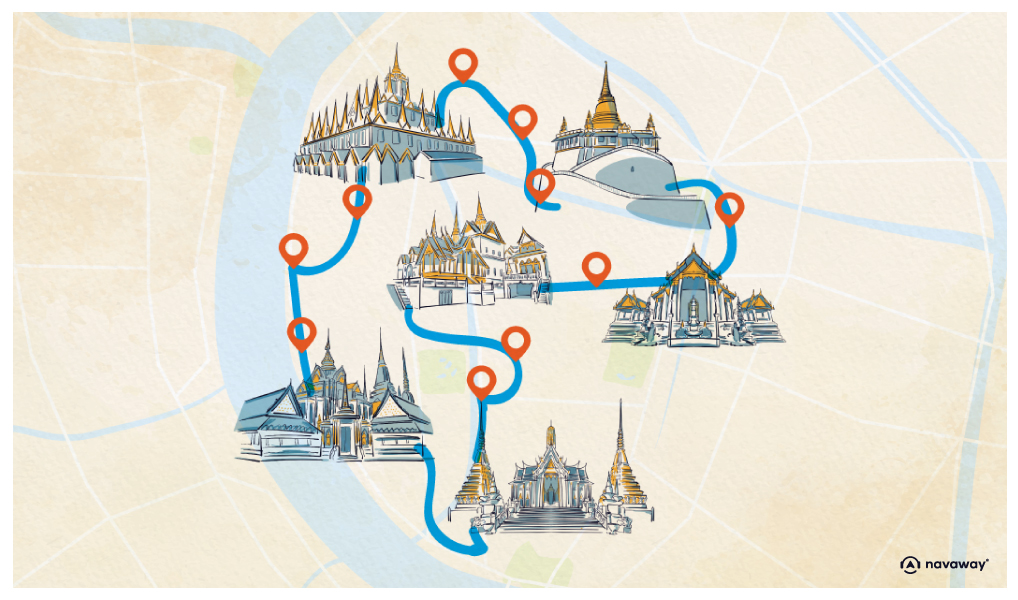
Thai Temple Architecture
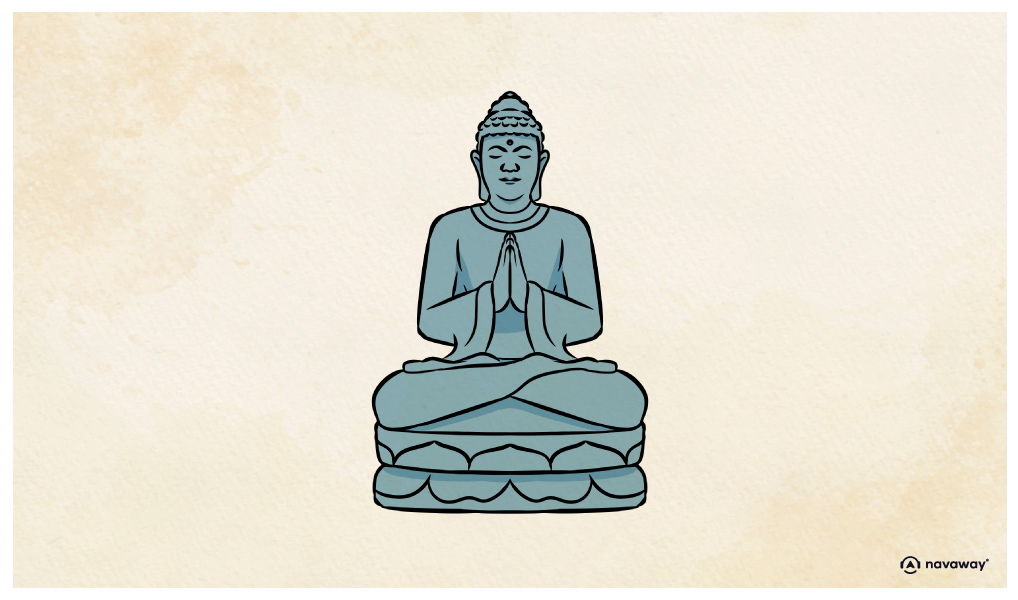
This point of interest is available as audio on the tour: Visit Bangkok, City of Angels
With nearly four hundred Buddhist temples, Bangkok holds an extraordinary religious heritage. And while they may differ in form and color, most follow a common layout. A wat, as a temple is called in Thai, is usually made up of three main buildings. First comes the sala, an open pavilion where monks and laypeople gather for daily activities. Then the vihara, the main assembly hall for prayer and teachings. Finally, the bot or ubosot, the ordination hall, regarded as the most sacred space of all. You can tell it apart because it is always marked by eight sacred boundary stones, known as sema, buried at the corners and at the intermediate points. Around these central buildings, you’ll often find complementary structures: the ho trai, or library of Buddhist scriptures; the chedi, a stupa enshrining holy relics; or the prang, a tall Khmer-inspired tower that recalls the kingdom’s Hindu roots. Many temples are also surrounded by cloisters lined with rows of Buddha statues, or shaded by gardens where sacred Bodhi trees grow—the very tree under which the Buddha attained enlightenment. On the outside, layered roofs covered with brightly glazed tiles are crowned by chofa, decorative finials shaped like mythical birds or nagas. The more prestigious the temple, the more tiers its roofs will display. And if you hear bells or drums resounding in the background, they are not just for effect—they mark the rhythm of monastic life, calling to prayer or announcing daily rituals. Every wat is its own little universe, where spirituality, symbolism, and architectural beauty combine to create a unique experience.


Discover Bangkok with app
An interactive guide through the most beautiful streets, squares, and districts
24 fun audioguides full of historical facts, anecdotes, and legends
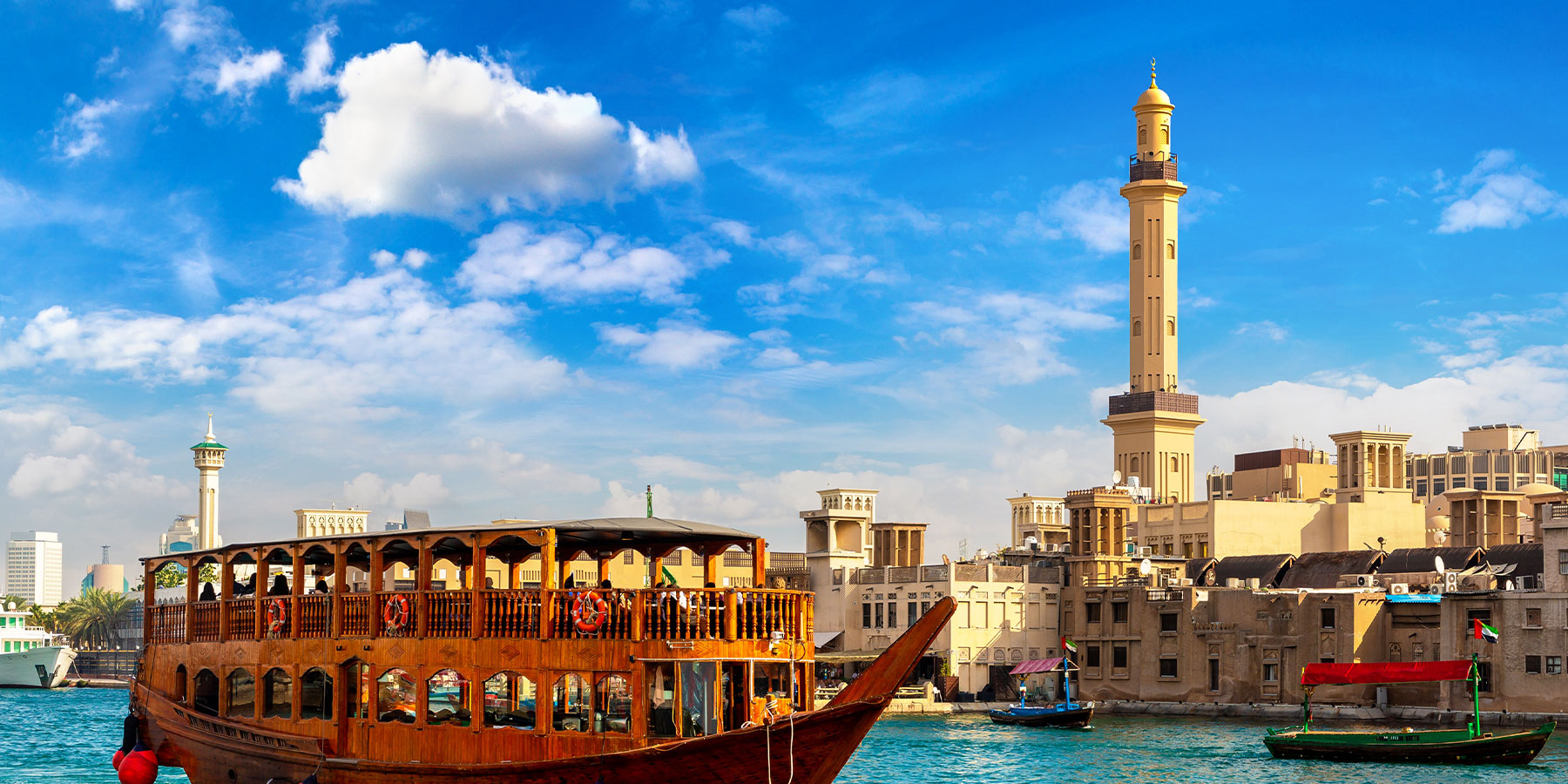
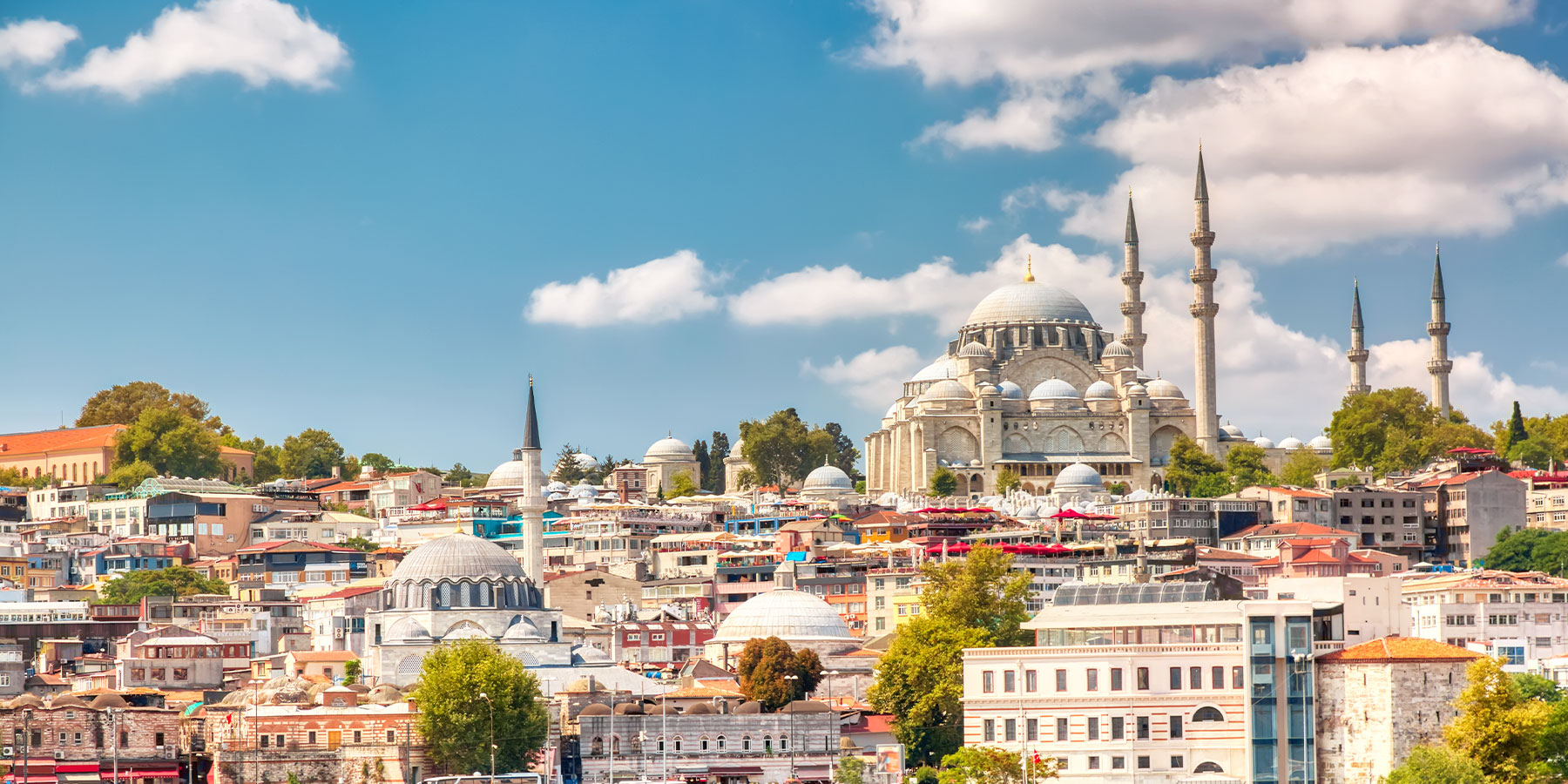
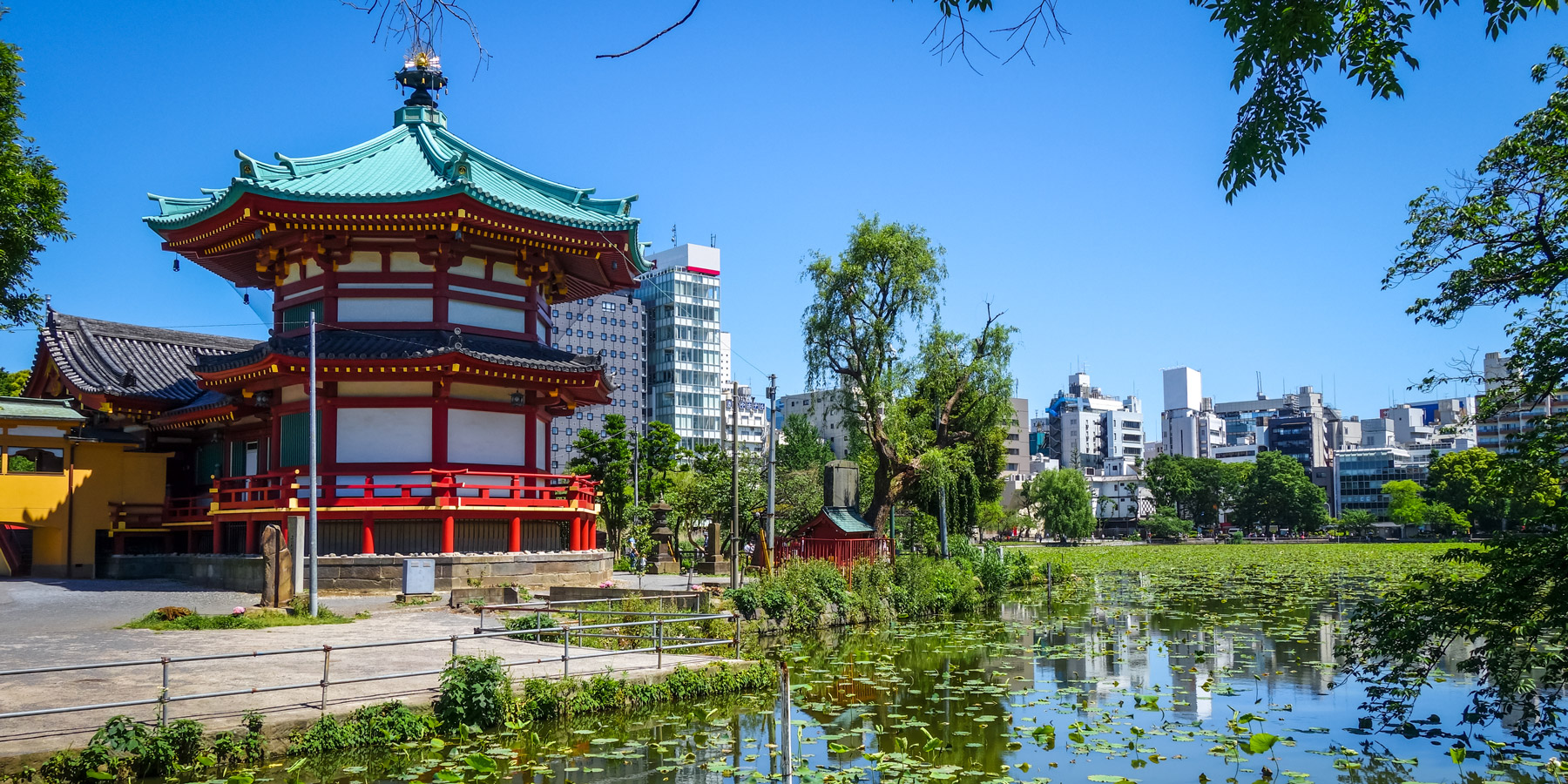
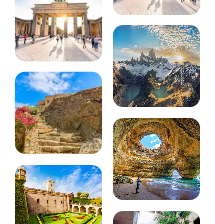

Comments